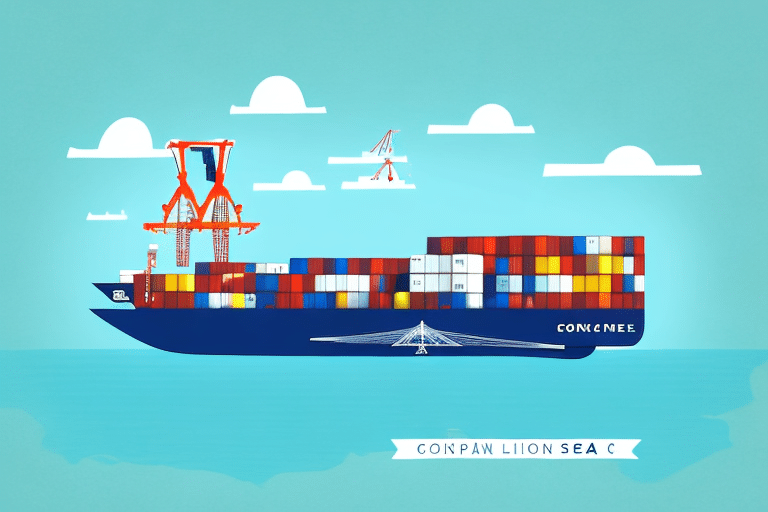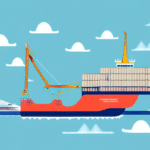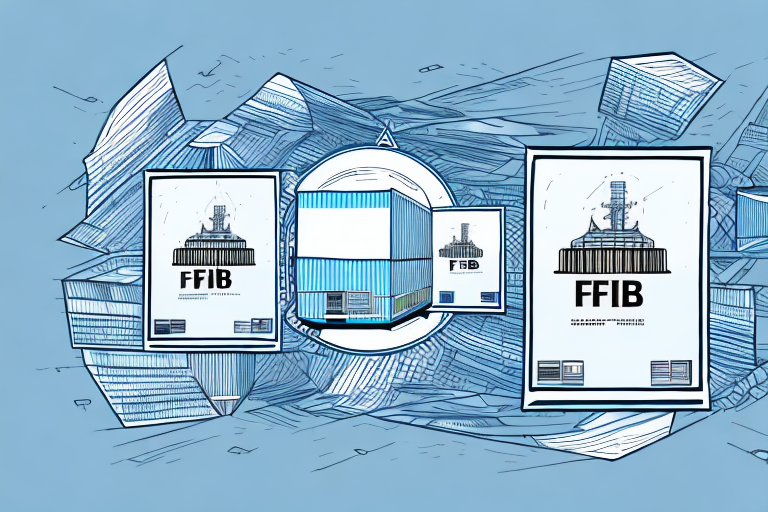Understanding FOB in Shipping
When it comes to international shipping, navigating the myriad of terms and acronyms can be daunting. One such term is FOB, which stands for “Free On Board.” Understanding the role of FOB in shipping is essential for importers and exporters alike, as it influences everything from costs and liability to the overall efficiency of the shipping process. In this article, we will delve into the definition of FOB, its benefits and risks, how it compares to other shipping terms, and best practices for negotiating and managing FOB shipments effectively.
What is FOB and How Does it Work?
At its core, FOB is a shipping agreement between the buyer and seller that specifies the point at which responsibility for the goods transfers from the seller to the buyer. Specifically, FOB refers to the point at which the goods are loaded onto the vessel that will transport them to their final destination. Once the goods are “free on board,” the buyer assumes all responsibility for the goods, including any risk of damage or loss during transportation.
From a legal perspective, FOB is typically interpreted based on the location of the shipment. For example, FOB Shanghai indicates that the buyer assumes responsibility for the goods at the port in Shanghai, while FOB New York signifies responsibility at the port in New York. It's important to note that FOB primarily applies to goods shipped via water; for other types of transportation, such as air or land, different terms are used.
Benefits and Risks of FOB Shipping
Benefits for Importers and Exporters
One of the primary benefits of FOB shipping is its cost-effectiveness in international trade. Since the buyer assumes responsibility for the goods once they are loaded onto the vessel, the seller has reduced risk and can often offer lower prices. Additionally, the buyer has greater control over transportation arrangements from the port to the final destination, potentially leading to savings on transportation fees.
FOB shipping also provides greater clarity and transparency in the shipping process. With clearly defined responsibilities and timelines for both parties, there is less room for confusion or miscommunication, ensuring timely and safe delivery of goods.
Risks Associated with FOB Shipping
While FOB shipping has its advantages, it also comes with certain risks. The primary risk is that the buyer assumes responsibility for the goods once they are loaded onto the vessel. This means that if any damage or loss occurs during transportation, the buyer is liable for the costs. This risk is particularly significant for high-value or fragile goods.
Another risk is the complexity of FOB agreements. Both parties must fully understand their responsibilities to avoid errors or miscommunications, which can lead to disputes or delays in the shipping process.
FOB vs Other Shipping Terms
CIF (Cost, Insurance, and Freight)
CIF includes the cost of the goods, insurance, and freight in the shipping agreement. This term is beneficial for buyers who prefer the seller to handle insurance and transportation arrangements, though it typically results in higher costs compared to FOB.
EXW (Ex Works)
EXW places the maximum responsibility on the buyer, who is responsible for all costs and risks from the seller’s premises to the final destination. While it can be more flexible and cost-effective, it also exposes buyers to greater risks during transportation.
CFR (Cost and Freight)
CFR includes the cost of goods and freight but excludes insurance. The buyer is responsible for arranging insurance coverage, offering a balance between control and cost.
Choosing the right shipping term depends on factors such as the value of the goods, the distance of the shipment, and the level of control desired over the shipping process. Understanding these terms helps businesses make informed decisions that best suit their operational needs.
Best Practices for Negotiating and Managing FOB Terms
Negotiating FOB Terms
- Clarify Responsibilities: Ensure that both parties understand their obligations and the point at which responsibility transfers.
- Agree on a Specific Location: Define the exact port or location where the transfer of responsibility occurs to prevent misunderstandings.
- Identify Potential Risks: Discuss and document how risks such as damage or delays will be handled.
- Work with Trusted Partners: Collaborate with reliable suppliers or buyers who have proven experience in international shipping.
Managing FOB Shipments
- Create a Detailed Shipping Plan: Outline all aspects of the shipment, including dates, transportation methods, and special handling requirements.
- Maintain Open Communication: Regularly update your shipping partners on the status of the shipment to address any issues promptly.
- Ensure Proper Documentation: Keep all necessary paperwork, such as bills of lading and customs documentation, organized and accessible.
- Monitor the Shipment: Track the shipment from departure to arrival to ensure it stays on schedule and in good condition.
Common Misconceptions About FOB Shipping
Despite its widespread use, there are several misconceptions about FOB shipping:
- FOB Always Includes Insurance and Freight: This is not always the case; it depends on the specific terms agreed upon by the buyer and seller.
- FOB is the Cheapest Shipping Option: While it can be cost-effective, it is not invariably the least expensive option available.
- FOB Only Applies to Sea Transportation: Although primarily used for maritime shipping, FOB can also apply to land shipments under certain conditions.
Choosing the Right Shipping Method for Your Business
Selecting the appropriate shipping method is crucial for optimizing costs and ensuring efficient delivery. Here are some alternatives to consider:
- CIF (Cost, Insurance, and Freight): Ideal for buyers who prefer the seller to handle insurance and freight, providing a more bundled service.
- EXW (Ex Works): Suitable for buyers who want maximum control over the shipping process and are willing to manage all logistics.
- DDP (Delivered Duty Paid): Places the most responsibility on the seller, who handles all aspects of delivery to the buyer’s location, including duties and taxes.
Each shipping method has its own set of advantages and considerations. Assess your business needs, risk tolerance, and cost factors to determine the best fit.
Tips for Reducing Costs and Maximizing Efficiency in FOB Shipping
- Consolidate Shipments: Grouping multiple shipments can lead to significant savings in transportation costs.
- Negotiate Better Terms: Don’t hesitate to negotiate FOB terms for lower prices or more favorable conditions.
- Invest in Technology: Utilize online tracking systems and automated documentation to streamline the shipping process and minimize errors.
- Stay Informed: Keep up-to-date with industry trends, regulations, and emerging technologies to stay competitive and reduce costs.
By implementing these strategies, businesses can enhance their FOB shipping processes, leading to cost savings and improved operational efficiency.
Understanding the role of FOB in shipping and adhering to best practices for negotiation and management can significantly optimize your international shipping endeavors. By mitigating risks and leveraging the benefits of FOB terms, your business can achieve more reliable and cost-effective shipping outcomes.






















